Sustainability Showcase Event (The Maschhoffs)
In light of the recent Illinois Nutrient Loss Reduction Strategy (NLRS) release, nutrient management practices have been on the minds of producers statewide. On July 23, ISA held its latest 2015 Sustainability Showcase event at The Maschhoffs in Carlyle, Illinois, to help growers in the Kaskaskia River Watershed learn about the latest in best management practices to reduce nutrient loss and protect water quality. Growers and industry experts enjoyed presentations from five speakers addressing a wide range of issues around nutrient management. If you were unable to attend the Sustainability Showcase, take a look at presentation highlights from the [...]
How to Handle Weed Escapes
I have a lot of broadleaf weed escapes in my soybeans. The question that I have is will there be a soybean yield loss from spraying a diphenyl ether (think Cobra®) at this stage of soybean growth? Also, will I be able to control these weeds? Let us review the current stage of soybean growth: we are between R3 and R4, which is beginning pod and full pod. There are a lot of flowers on top of the soybean plants and pods on the middle branches. The diphenyl ether products are PPOs, contact-type herbicides. The diphenyl ether products kill [...]
Symptoms of Sudden Death Syndrome Begin to Appear in Soybeans
Last week, symptoms of sudden death syndrome (SDS) began to appear in April 15-planted soybeans at the University of Illinois’ Northwestern Research Center in Warren County. Weather during the 2015 growing season has been favorable for the development of SDS: cool, moist soils after planting and frequent rains ever since. Symptoms began appearing approximately 3 weeks earlier than in 2014. While the fungus that causes SDS (Fusarium virguliforme) infects roots of soybean seedlings very early in the growing season, foliar symptoms don’t typically appear until after soybean plants reach reproductive growth stages. Foliar symptoms begin with a yellowing of [...]
End of July Thoughts About the 2015 Bean Crop
As I type this, it has just finished raining again. As I look at my weather station statistics here in my office I see that year-to-date we have had 32 inches of rain so far. Eighteen inches has fallen in the last 60 days. I don’t even remember a year close to being this wet, or continuing to be this wet. The soybean crop continues to struggle along in many places. The hotter temperatures of the last two weeks along with the humidity has made the beans jump in height. However we continue to see and scout many fields [...]
Desperate times lead to long lasting mistakes
After 60 to 70 day high rainfall, farmers in many area were significantly delayed in getting back into the field to spray soybeans. Even those who could get in the field got chased out many times by rain or a pop-up storm. In many instances the environment in which the spraying took place wasn’t ideal for good coverage or control of weeds. I have gotten many calls this spring on what to do about delayed spraying, ineffective weed control and, especially complaints about waterhemp and marestail control. It has been a losing battle in some areas and in some [...]
Decision Making for Defoliating Insects in Soybean
Figure 1. Soybean defoliation from multiple pests. (Photo by Nathan Mueller) ‘Tis the season for soybean defoliation. With frequent rain comes lush vegetation, and with lush vegetation comes defoliators. This seems particularly true for lepidopterous defoliators (caterpillars). Whenever we have a wet year with lush vegetative growth, one or several species of caterpillars seems to thrive. No one specific species seems to stand out in Nebraska soybean yet, at least in the north; however, several species of caterpillar appear to be relatively abundant (e.g., woollybear caterpillar, thistle caterpillar, green cloverworm). We are beginning to receive reports of soybean defoliation [...]

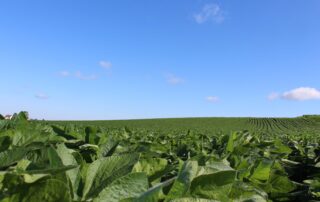

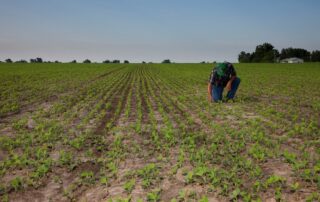
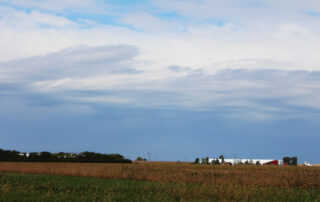
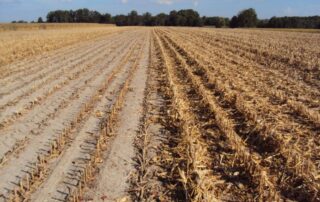
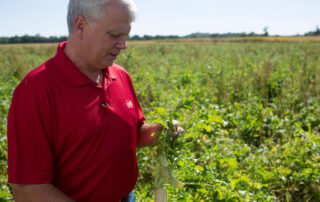

 and then
and then